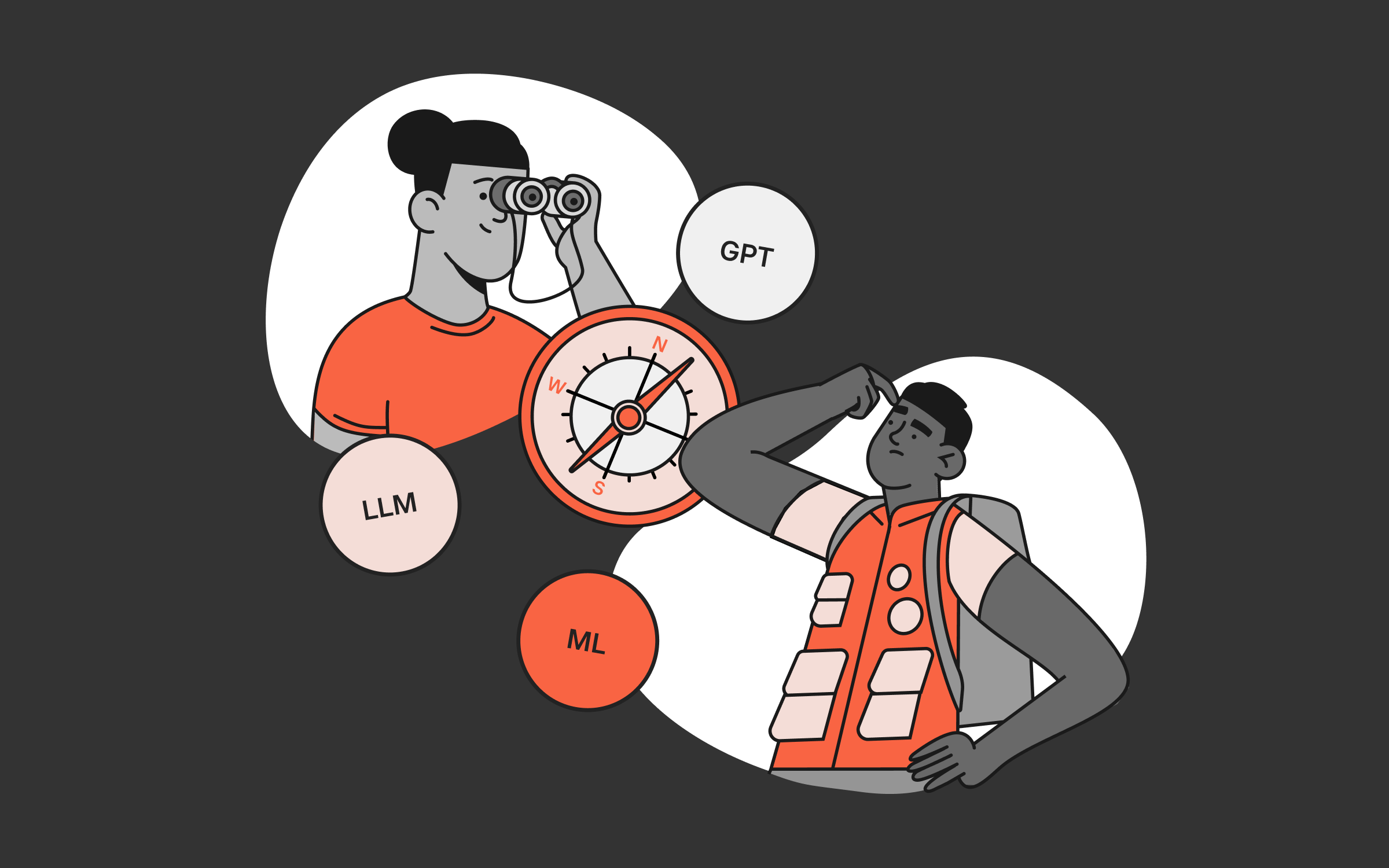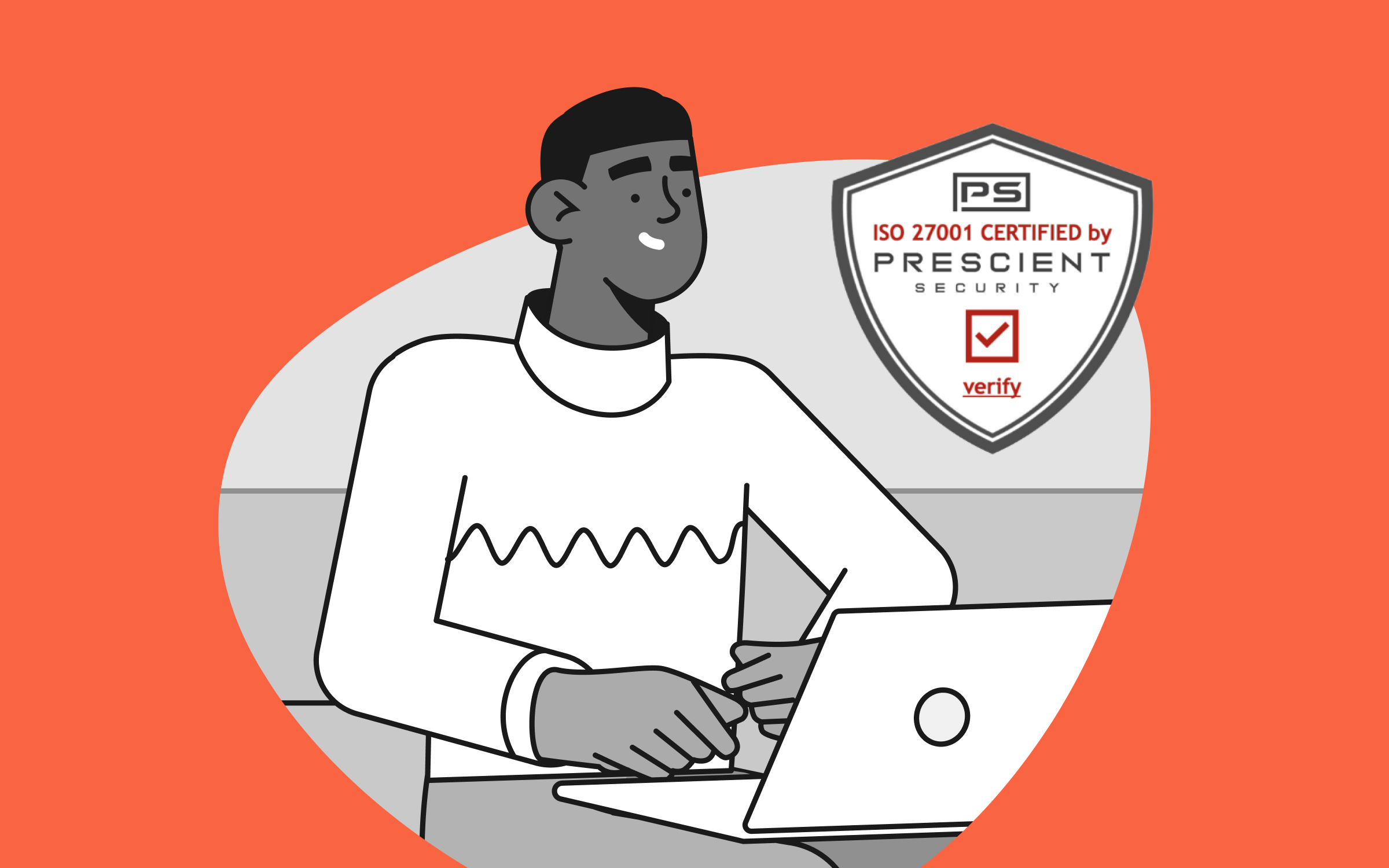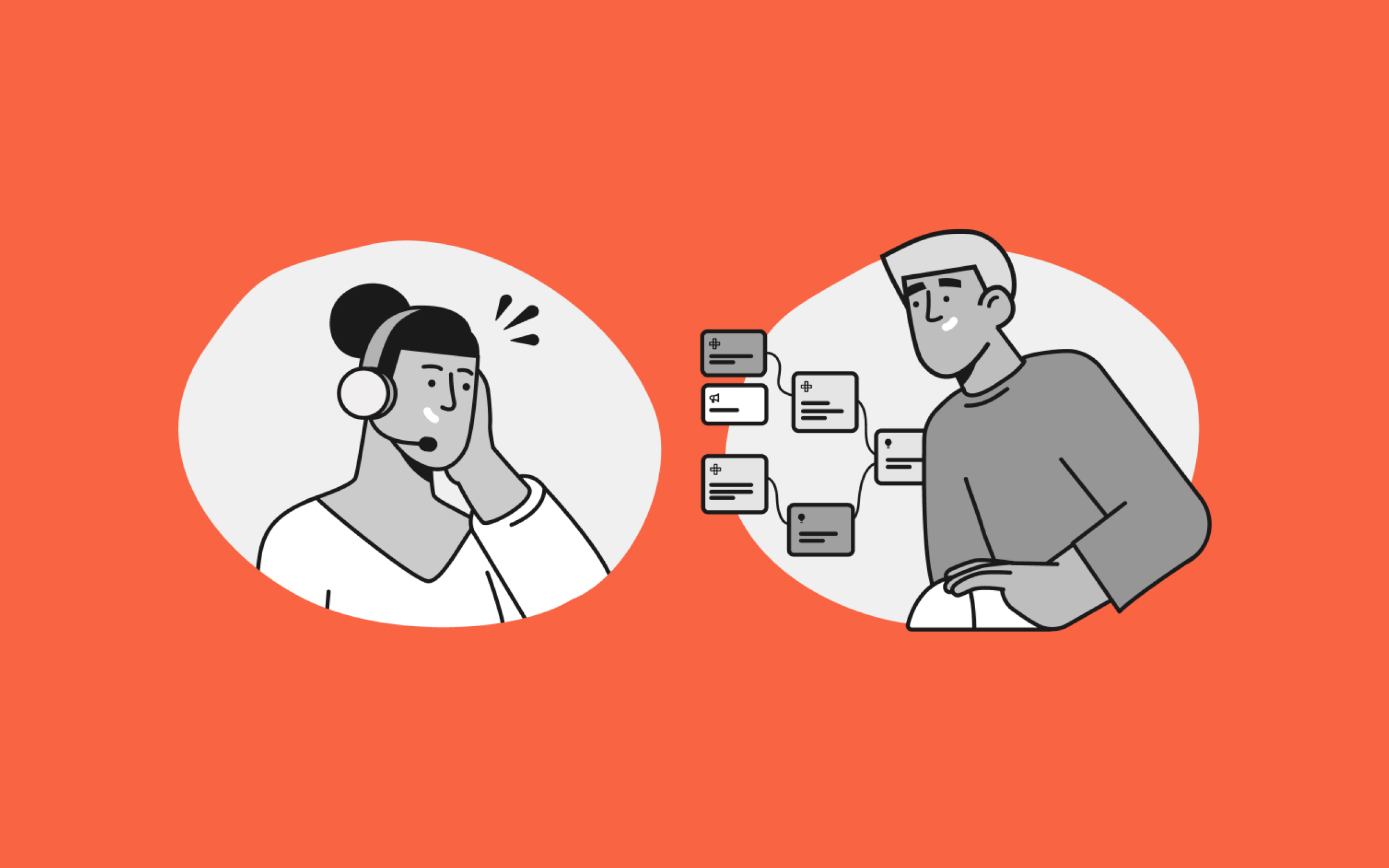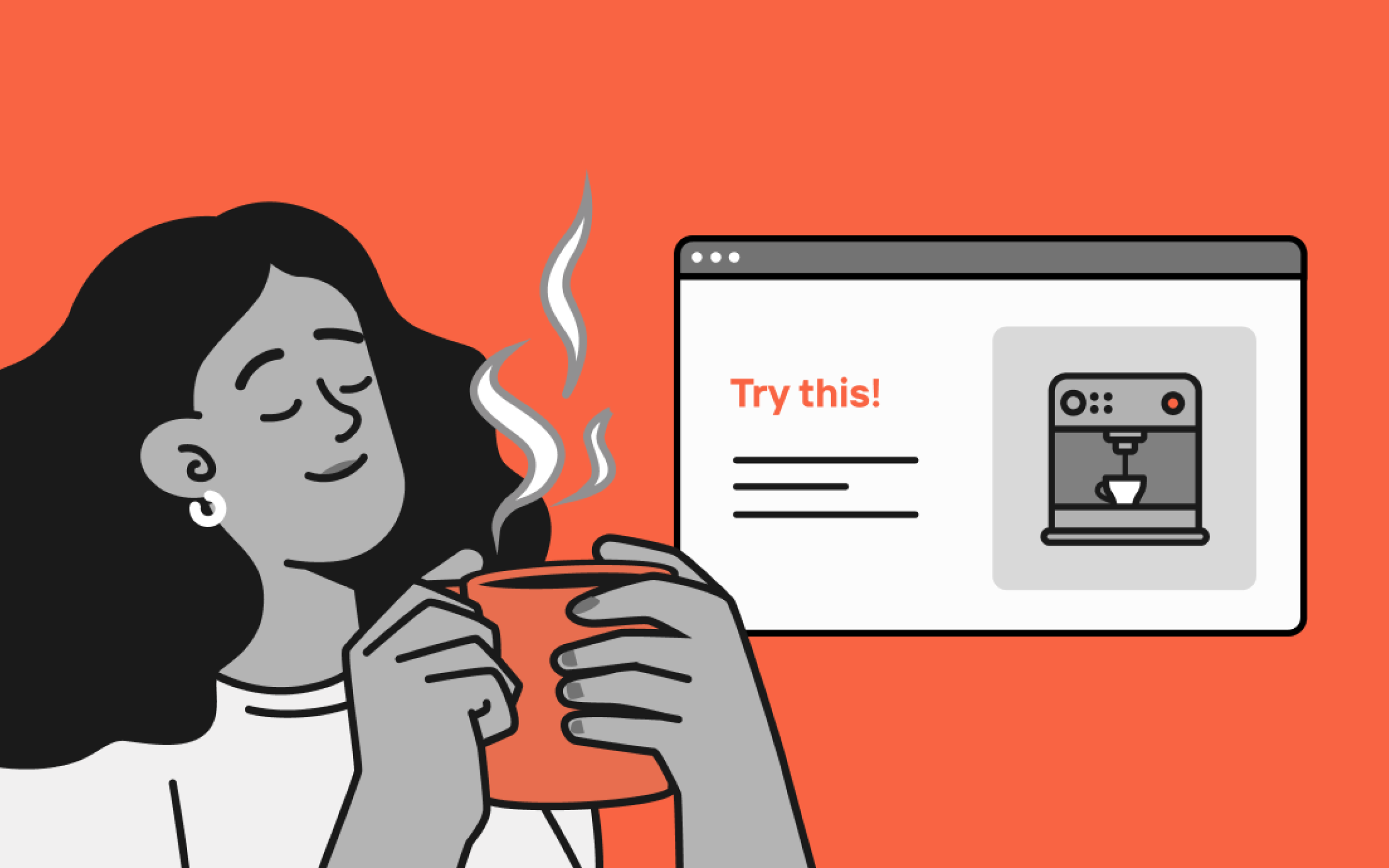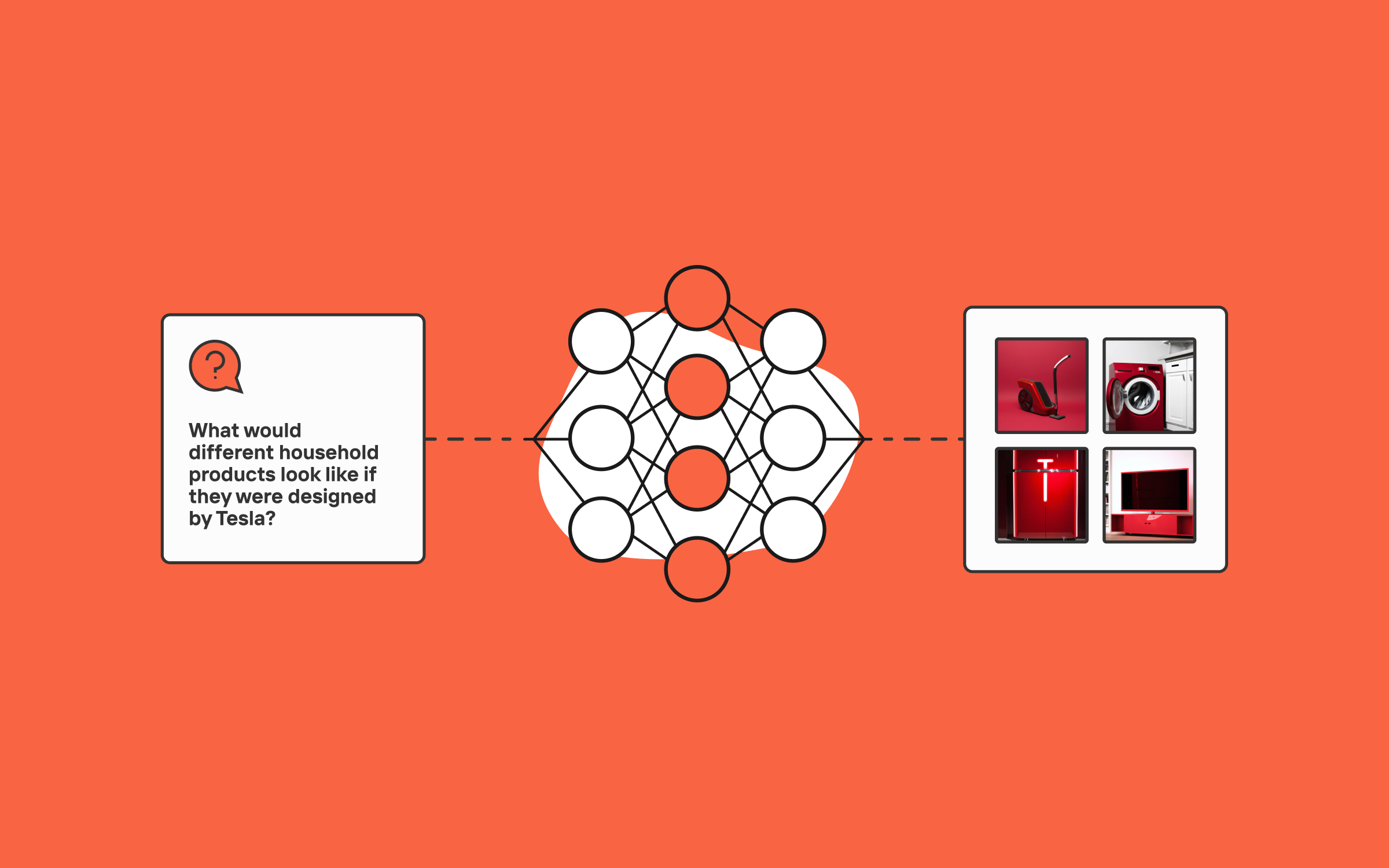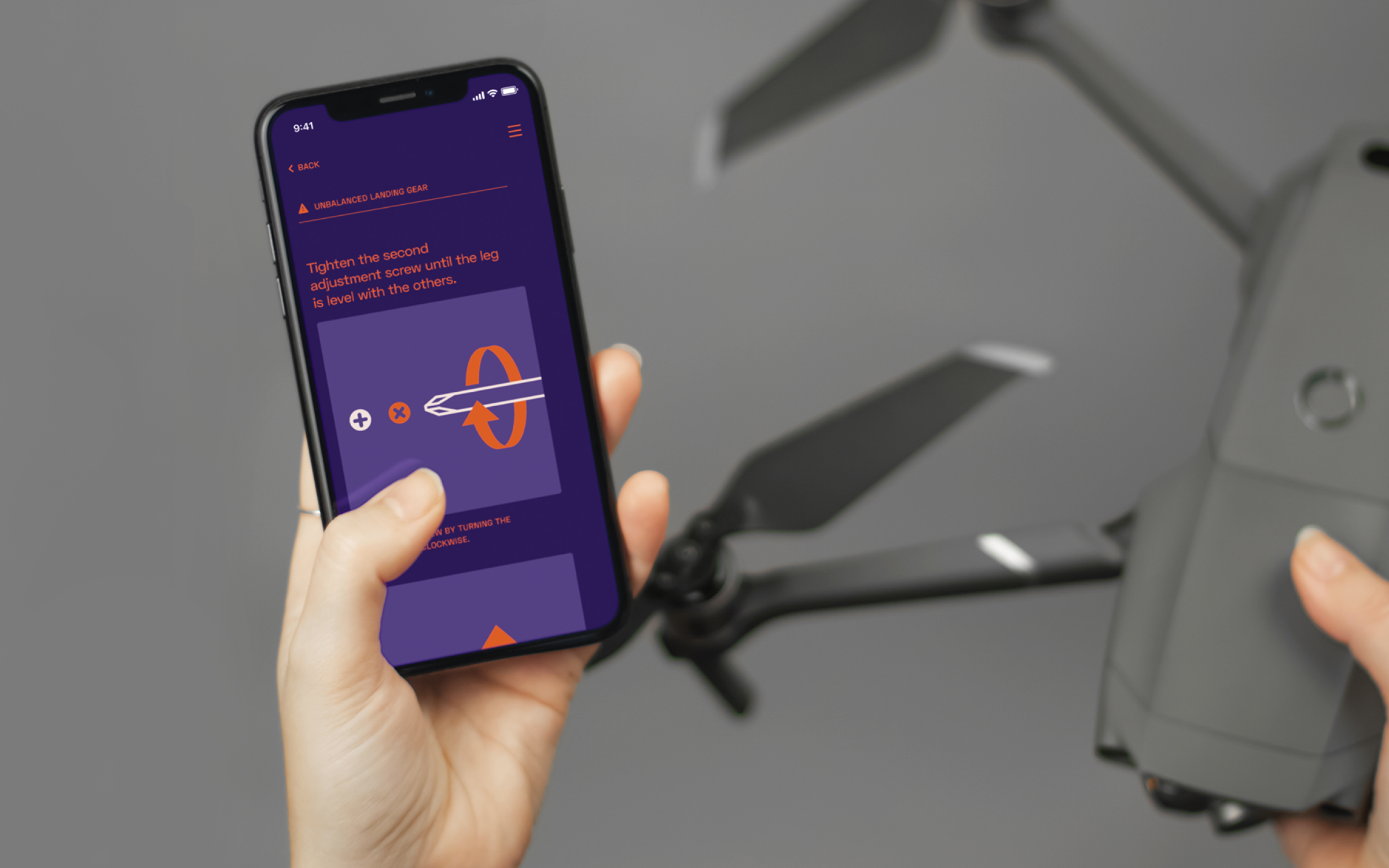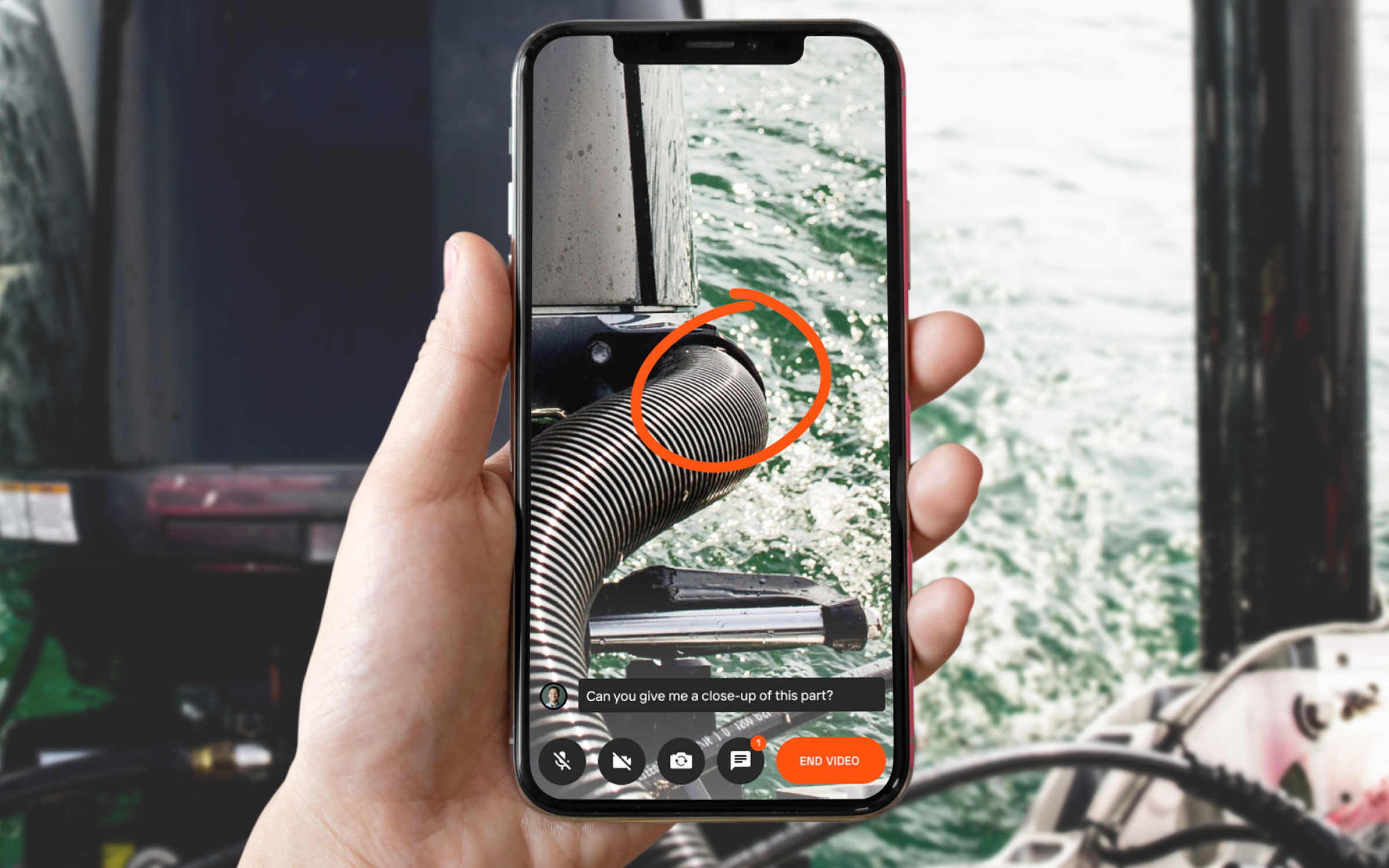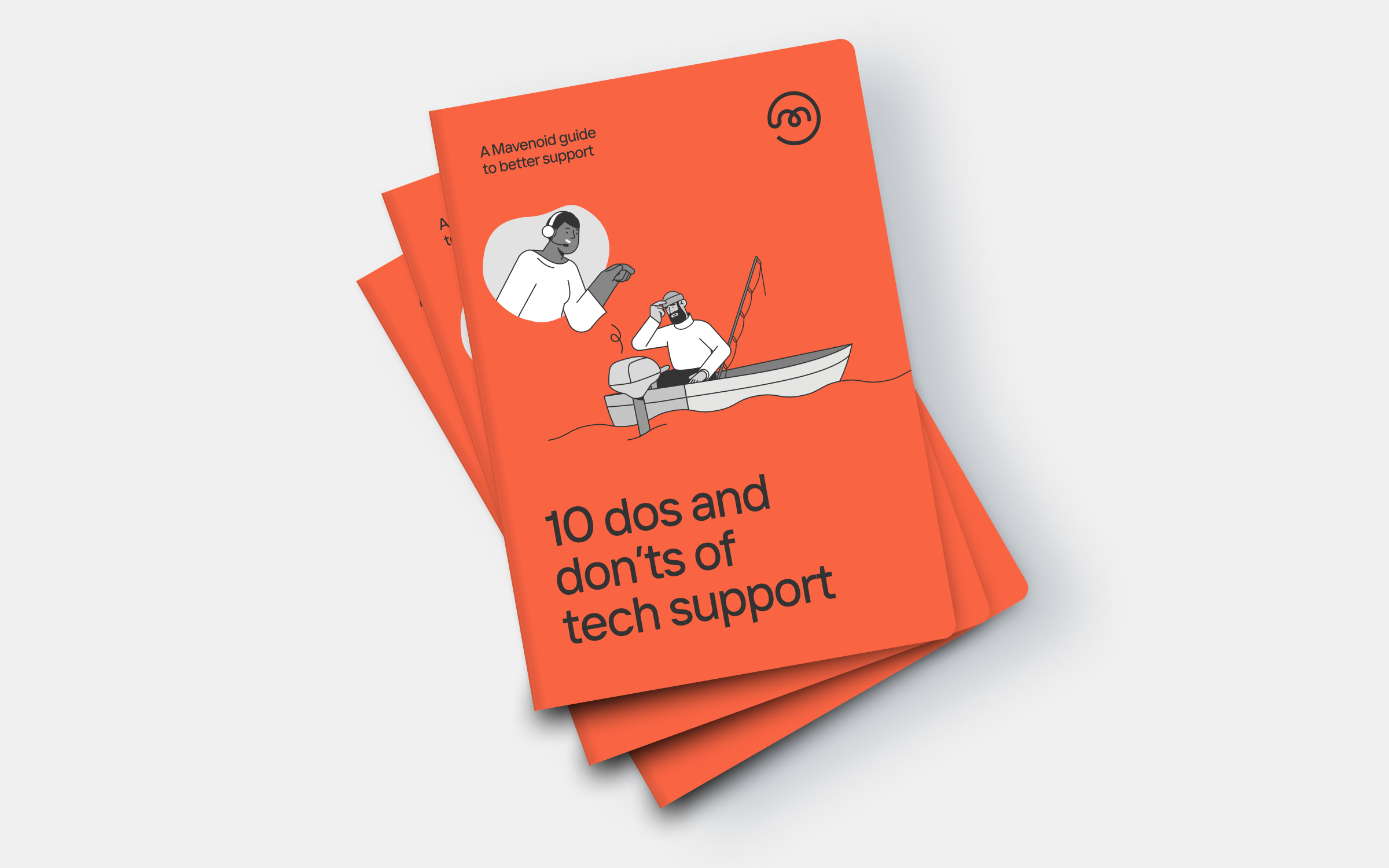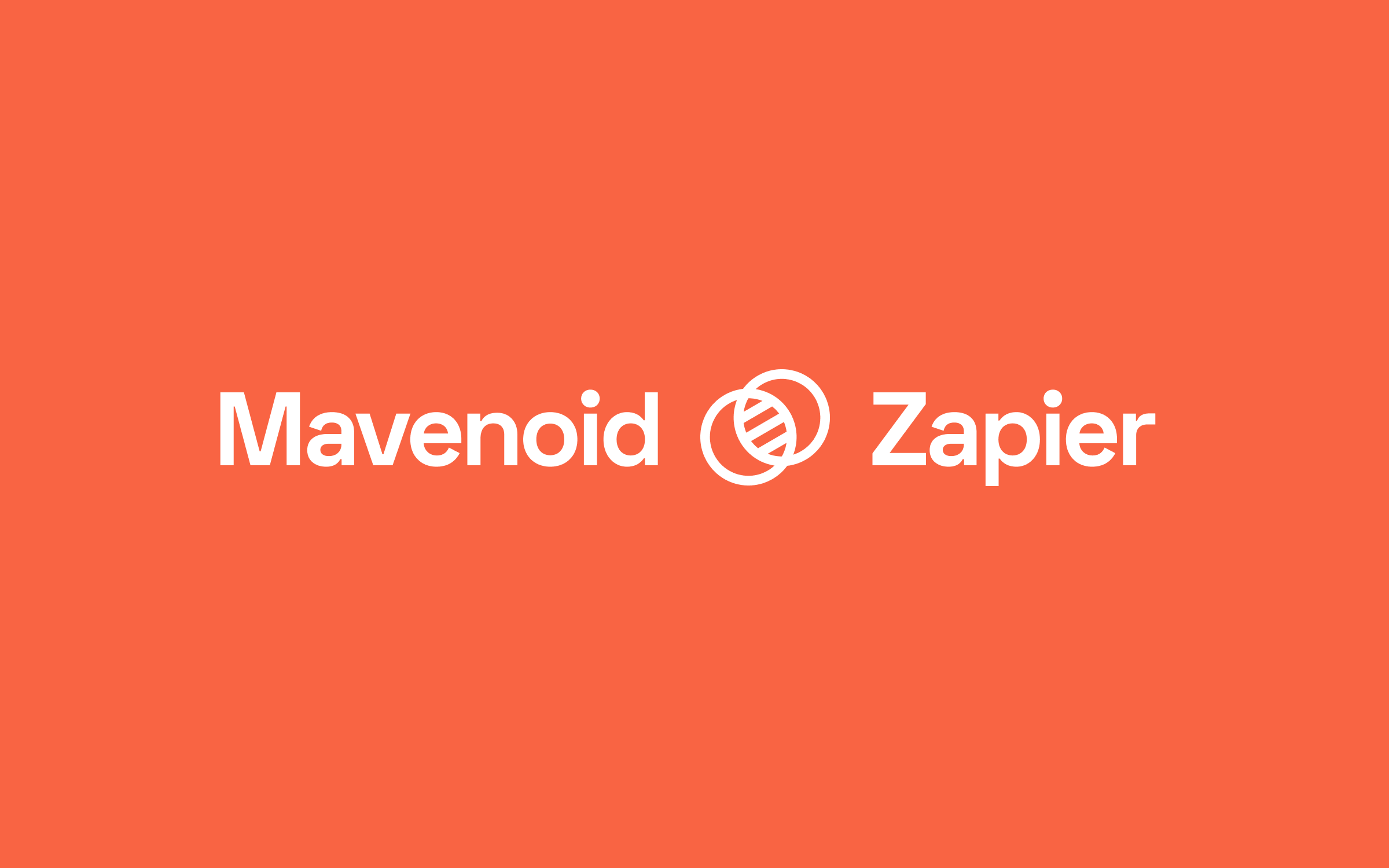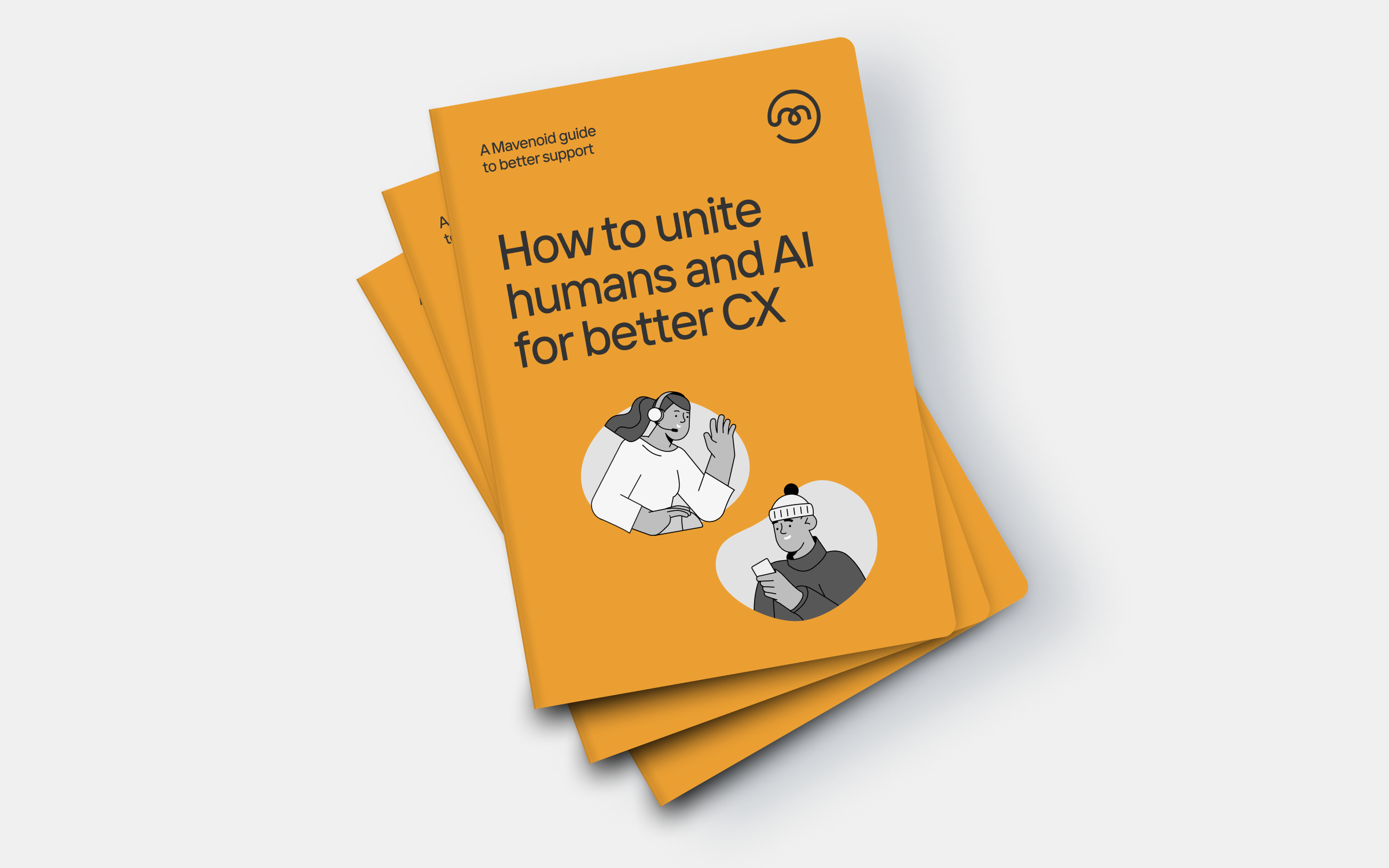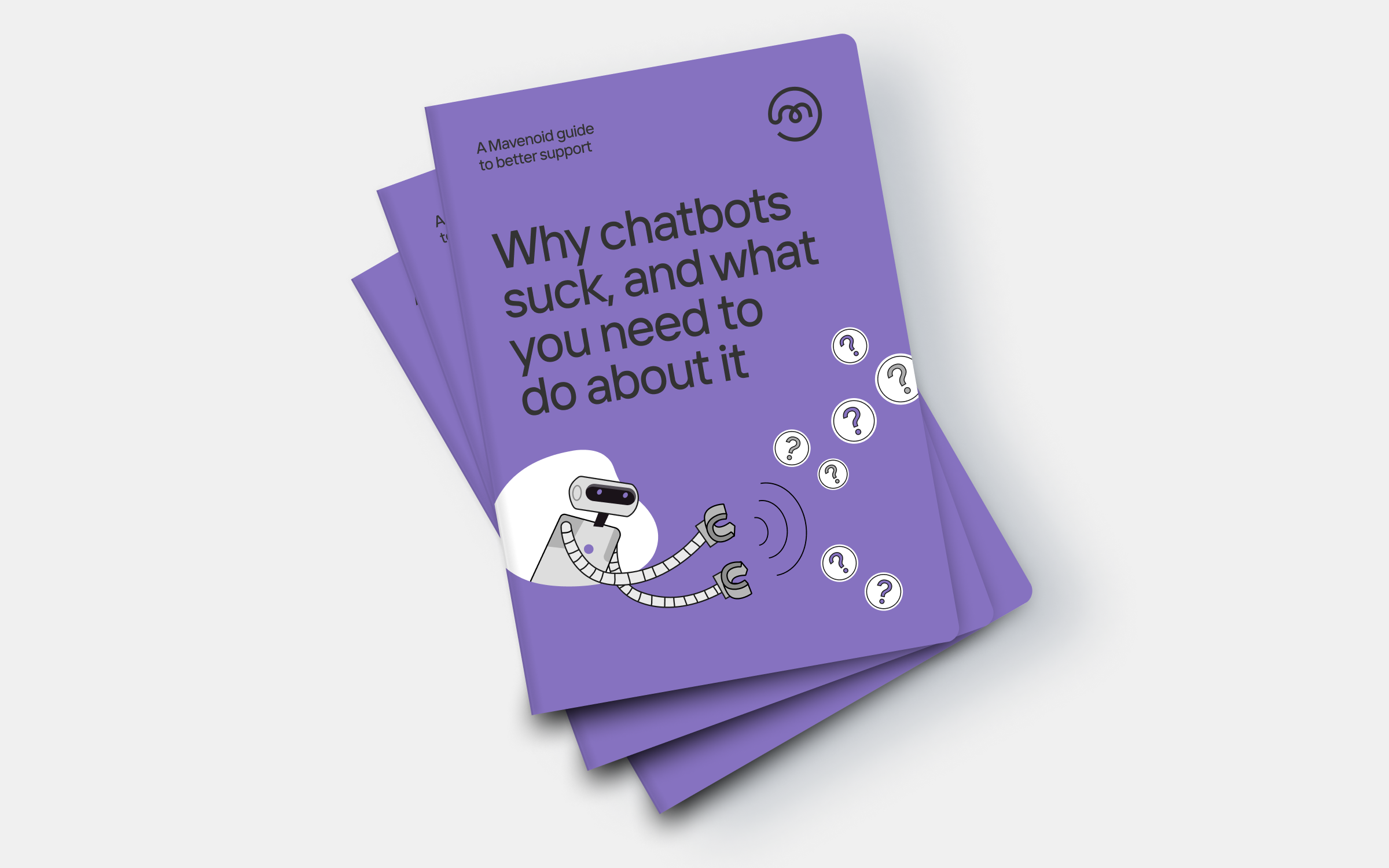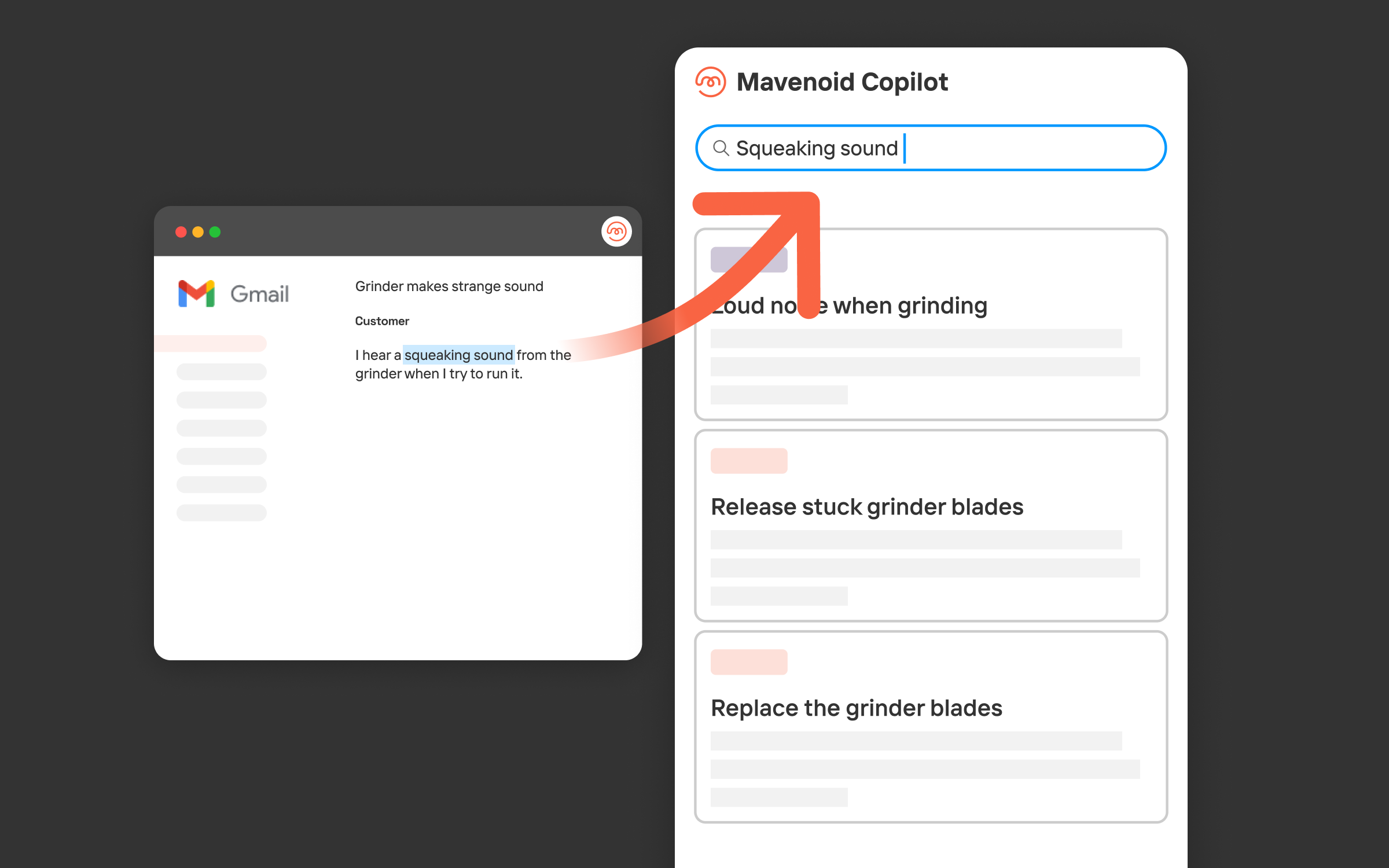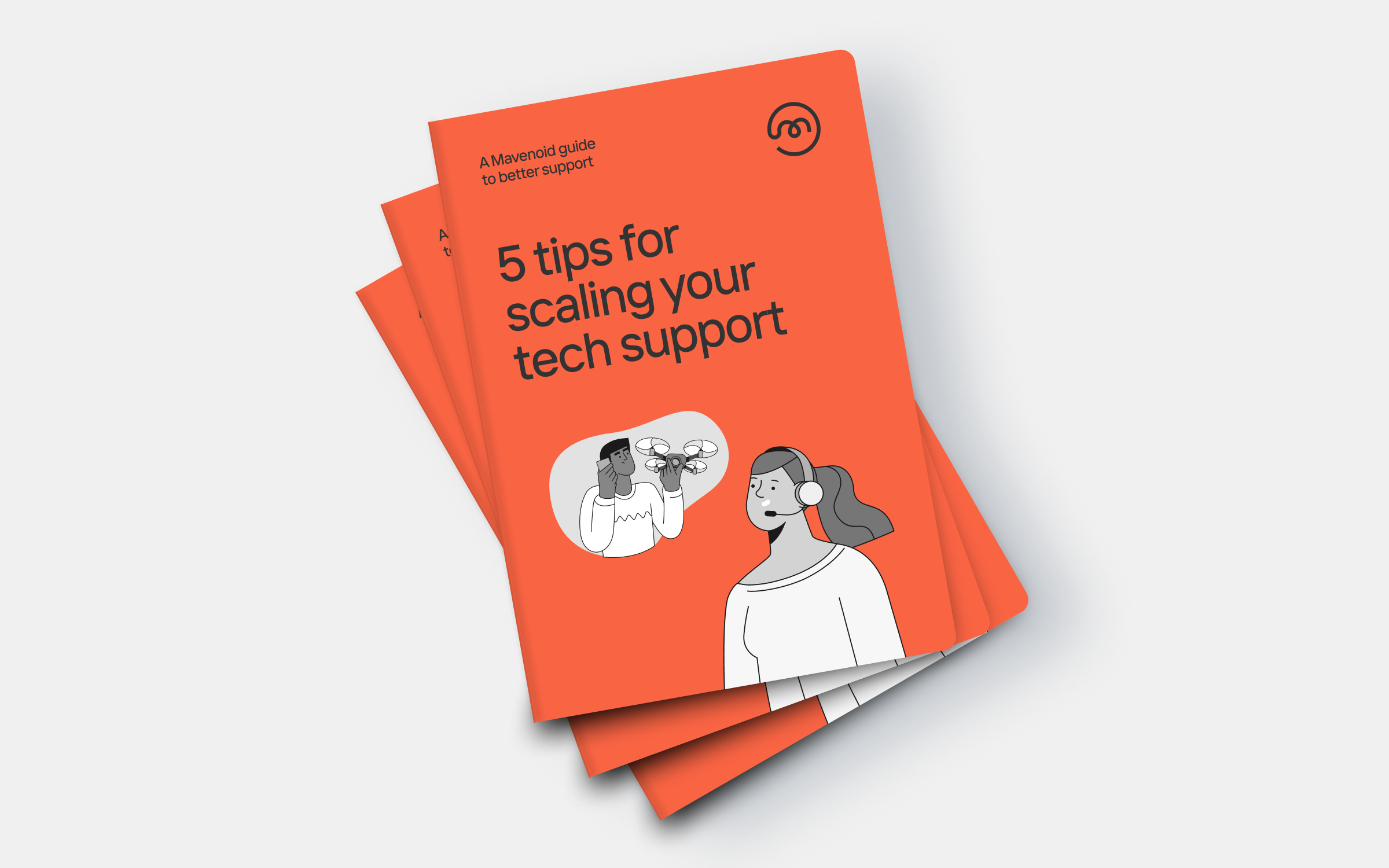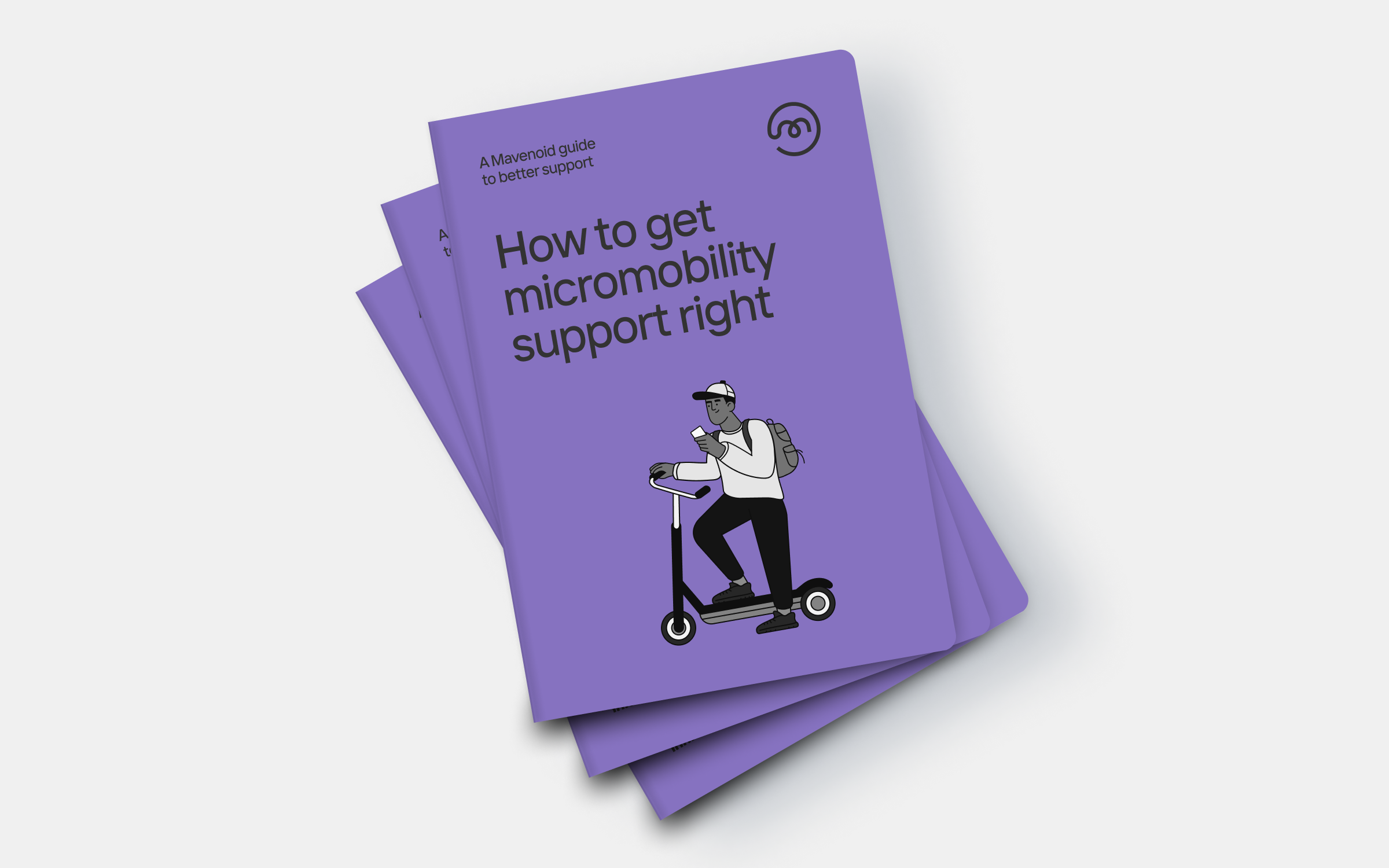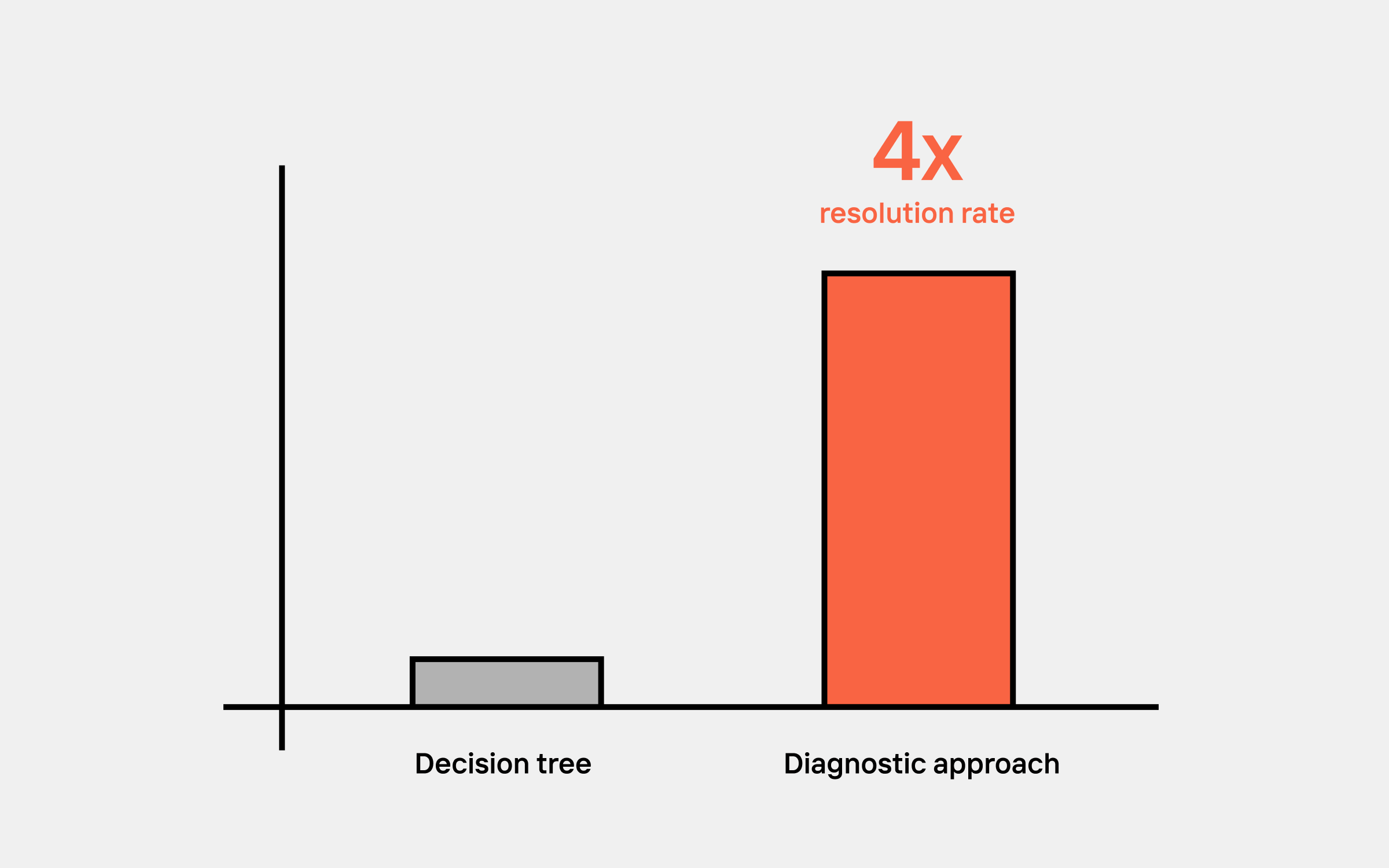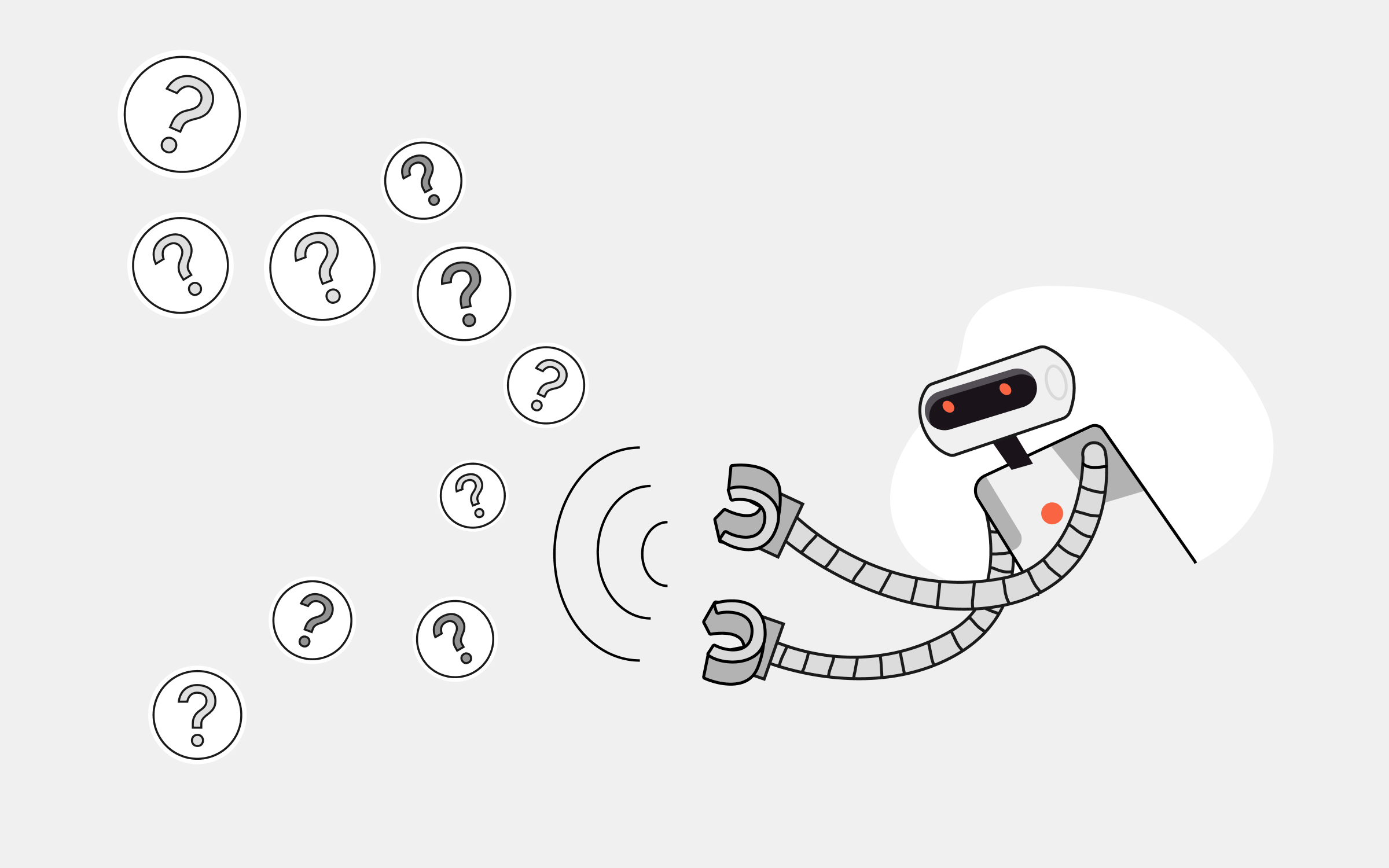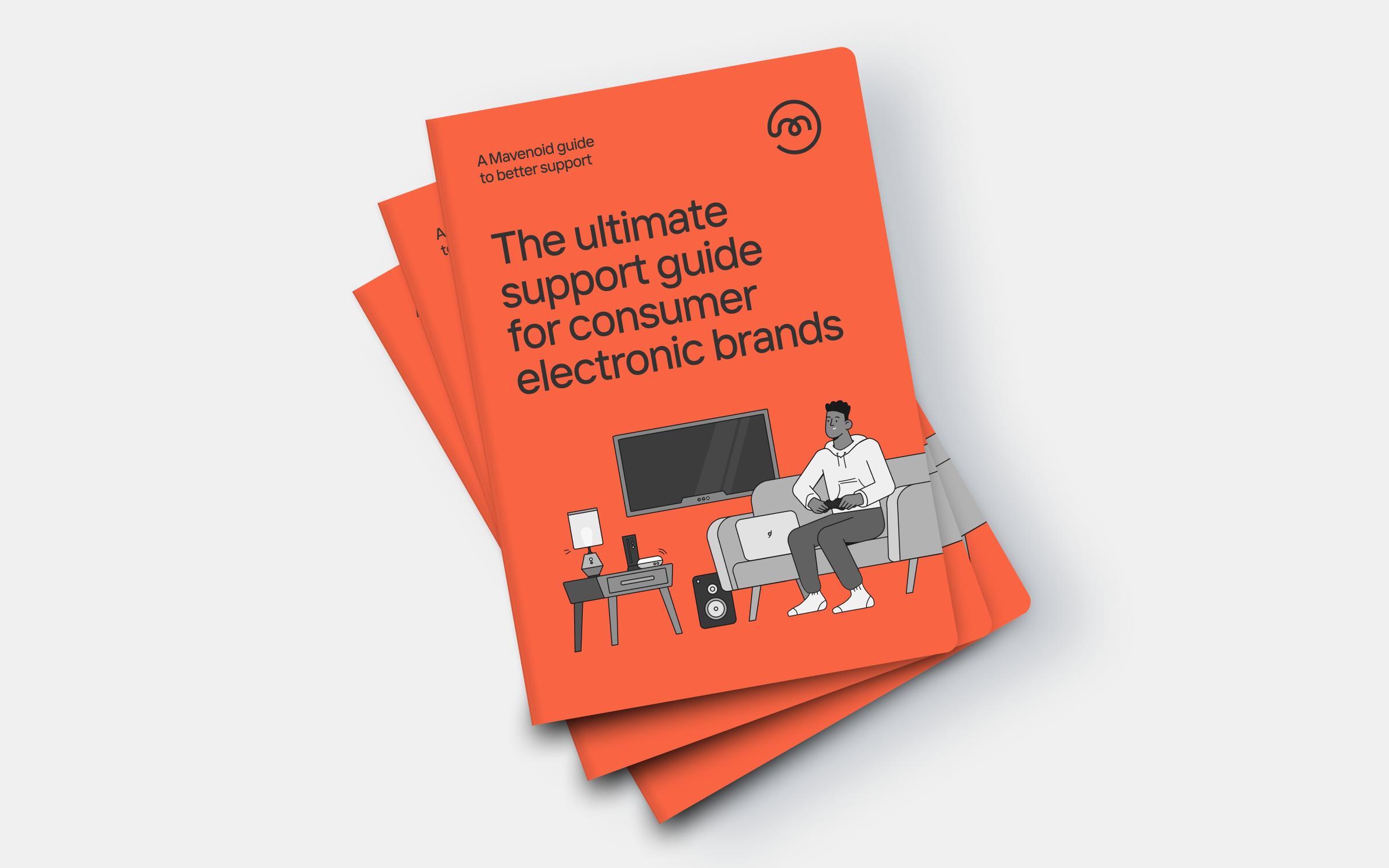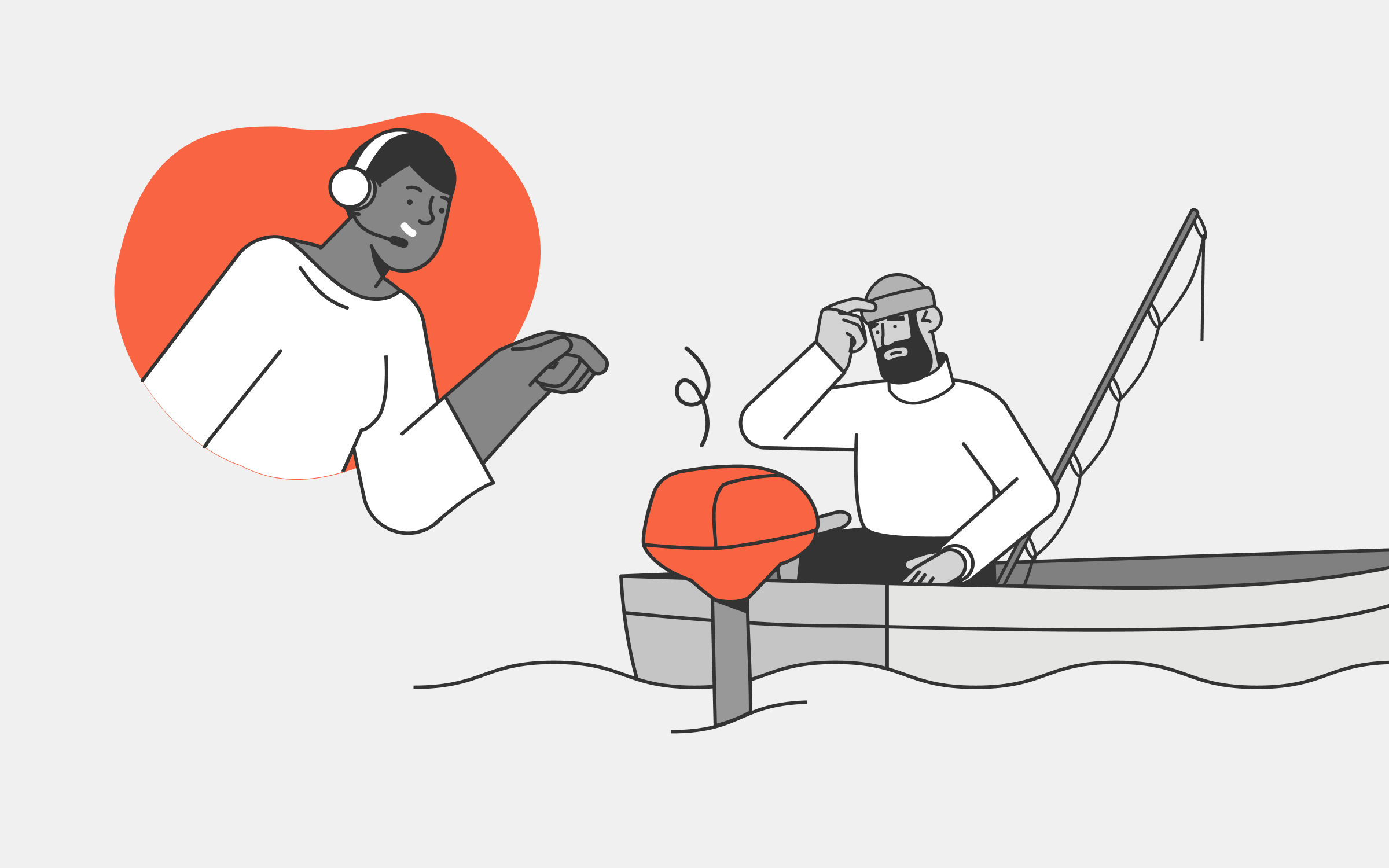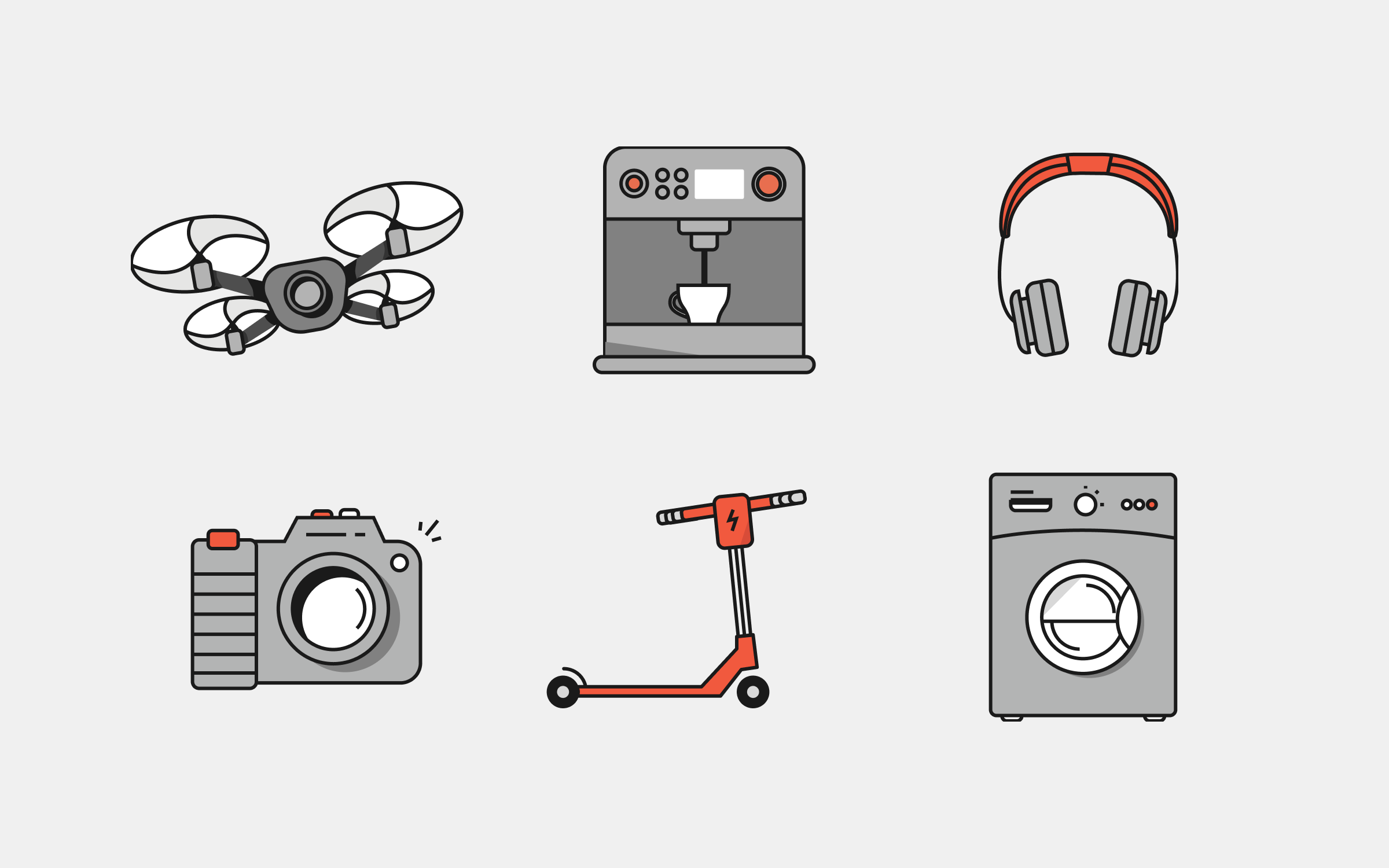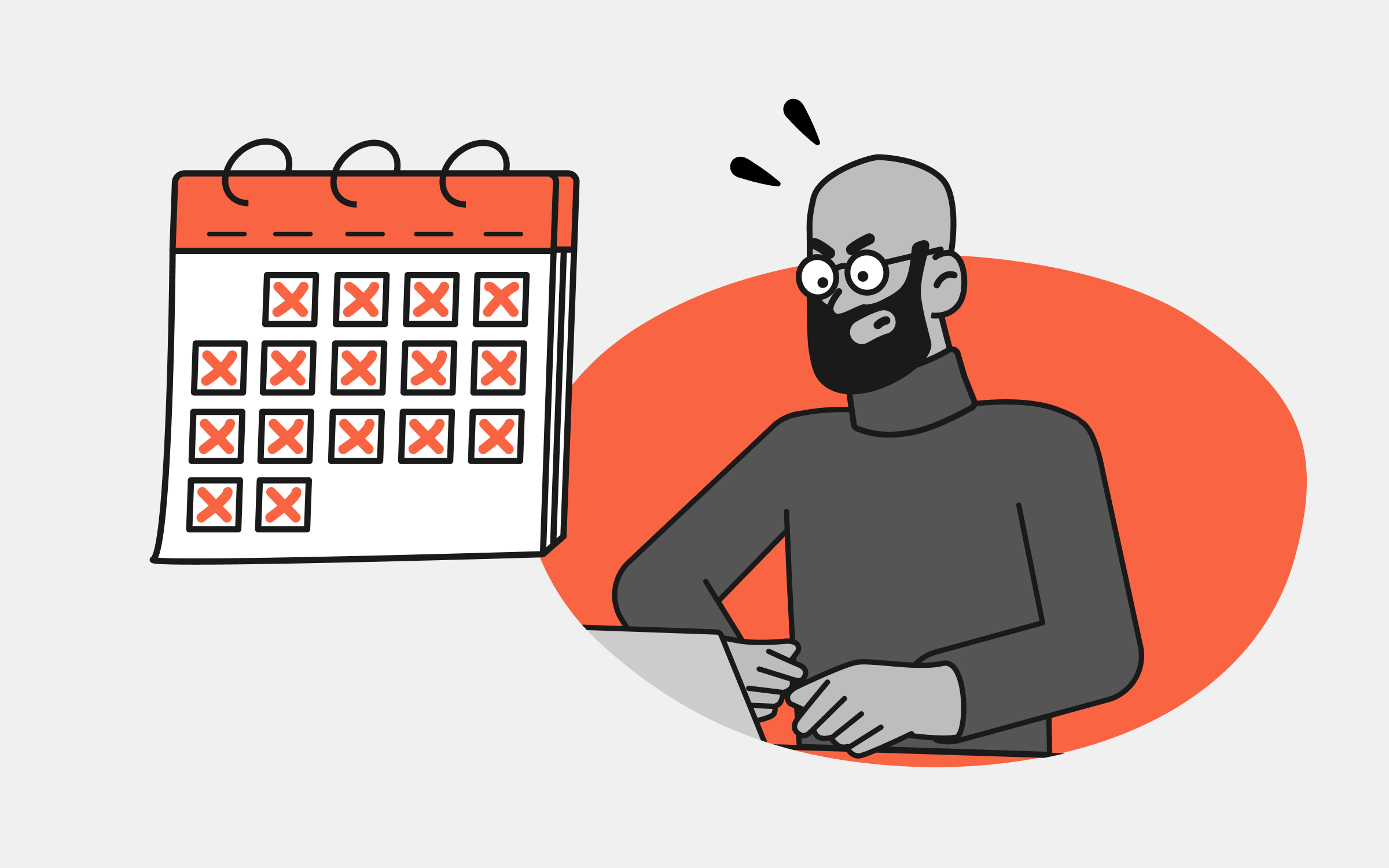The instructions are complicated, the milk frother isn’t working, and your creamy coffee feels farther and farther away. Frustrated, you seek support from a chatbot, but don’t get anywhere beyond “Have you tried turning it off and on again?” Sigh. It’s probably easier to just return the machine and pick up Starbucks.
So begins the cycle of no-fault found (NFF) returns. As its name suggests, this term refers to the retail phenomenon of users returning products despite there being nothing wrong with them.
Oftentimes, customers are compelled to return a product after a frustrating setup process or first use experience. In a 2019 survey from TechSee:
- 67% of consumers said they would return a product that’s difficult to operate
- 52% of consumers said they would return a product that’s difficult to install

As a retailer, there are two potential outcomes when customers make a purchase. The first—and ideal—scenario is that they’re satisfied with your product, enjoy using it, and don’t want to return it. They may even consider making another purchase from you in the future.
The other outcome is that they feel confused or dissatisfied with your product, don’t have a positive customer service experience, and end up returning your product or never using it—which results in a major loss for your business.
Product returns add up over time, to the tune of $17 billion in lost annual revenues for brick-and-mortar and online retailers in 2019. Not only are retailers losing revenue, but they’re also wasting valuable time and resources handling returns—and compromising their brand reputation in the process.
The bottom line? Companies pay a steep price for NFF returns. However, there is a solution to stopping this pesky phenomenon in its tracks. Read on to learn how seamless product support can help you trade NFF returns for more revenue—and repeat customers.
A closer look at NFF returns
NFF returns refer to products that are difficult to set up, activate, operate, or use, but don’t have an actual defect. When a customer feels overwhelmed or discouraged in the early stages of using a product—and doesn’t have adequate support to address their concerns—they’re often compelled to send it back.
In fact, a whopping 65% of consumers from the TechSee survey decided to return non-defective electronics early on, citing frustration and/or confusion during product unboxing/unpackaging, installation, and first use. In many cases, if customers don’t return the product, they end up stashing it somewhere in their home and never using it.
While NFF returns are often born from customer confusion, they remain unresolved due to a lack of effective product support—breeding customer dissatisfaction and losing your company money. But there is a way out, and it begins with listening to customer needs.
The root cause of NFF returns
Modern consumers not only want but expect a quick, seamless, digital experience complete with excellent customer service. In fact, 96% of respondents from a Microsoft survey reported customer service as essential to their choice of loyalty to a brand.
Similarly, an American Express study found that all it takes is one bad experience for customers to pivot brands—33% of U.S. customers would consider switching companies following a single instance of poor service.

For this reason, many customers feel frustrated when they don’t get the high-quality, immediate product support they expect. Finding a quick, simple fix to their unique problem is often easier said than done. And when they can’t find answers on their own through self-service, they want support that is both helpful and efficient.
In other words, customers demand a smooth and connected support experience that solves their problems and doesn’t waste their time. To provide that, companies must take a multilayered, hybrid approach—offering a reliable mix of automated self-service solutions and real-time human support.

The impact of NFF returns on retailers
For customers, making a product return is often a simple process that doesn’t come at any cost to them. Unfortunately, retailers can’t say the same. The impact of NFF returns on businesses are substantial, including:
- Exorbitant expenses: Paying for customers to return their products can be pricey. In fact, some retailers actually encourage their customers to keep products, since processing a return is more expensive.
- Loss of revenue: When processing returns at scale, costs quickly add up for coordinating reverse logistics, centrally processing returns, allocating warehouse space, and restocking products. And once the returned goods are back in the hands of a retailer, less than half are resold at full price, according to Gartner Research.
- Extra, non-sellable inventory: CEO of Optoro, Tobin Moore, estimates that “retailers end up throwing away over 25% percent of their returns.” Once a returned product has been inspected, it might be able to be resold as new or used. However, some products will no longer be sellable—which is a big loss for your business.
- Higher support costs: Companies pay for product returns with both time and money. Customer support staff has to communicate with customers about their reasons for the return, confirm the product has been sent correctly, manage refunds, and more. This costs your team valuable money, time, and resources.
- Damaged brand reputation: While making a return is fairly simple on the customer end, it’s not without consequences for brand loyalty. Customers will remember your product was confusing to set up or operate, and may feel discouraged to buy from you again.
Combat NFF returns with effective customer support solutions
The reality is that NFF returns are increasingly pervasive in today’s digital world. Accenture reports that 68% of all consumer electronics returns fall under the umbrella of NFF.
Fortunately, reducing NFF returns is a far more straightforward process than you might think—and it starts with having an effective line of communication and support. 72% of consumers polled in a survey by TechSee stated that good customer service would dissuade them from returning a product.

Here’s what it takes to deliver:
1. Offer a user-friendly setup
When a customer unboxes your product and begins reading the setup instructions, they want each line to feel natural, straightforward, and helpful. It’s essential that your setup process has the end user in mind, who likely doesn’t want to deal with a complex 40-step process. The best advice? Keep it simple, intuitive, and focused.
2. Provide first-use guides
Customers may be completely new to your company and unfamiliar with your product setup or installation process. Take this opportunity to guide the way, avoiding overly complicated instructions or jargon. Be direct and clear, while staying away from words like “simply,” which can imply judgment and send the wrong message. (If a customer is struggling to set up their exercise machine, the last thing they want to hear is how “simple” or “easy” the process should have been.)
3. Invest in omnichannel support solutions
Many customers face unreliable product support solutions, like chatbots, that lack nuance or true troubleshooting abilities. Rather than limiting product support to only one or two channels, offer customers a variety of omnichannel tools such as self-service assistants, AI feedback loops, and live video support. They’ll appreciate being met where they are, since one size doesn’t fit all for product support.
4. Use data to drive improvement
There’s no doubt that NFF returns are frustrating. But they can also provide your support team with valuable insights. For example, if customers are constantly citing a complicated setup process as the reason for their returns, it’s likely time to rework your instructions. Tracking reasons for product returns can help you pinpoint tangible opportunities for improvement—and prevent the same issues from perpetuating.
Together, these steps offer powerful potential to reduce returns and increase savings. Accenture has calculated that a 1% reduction in the number of NFF cases could translate to annual savings of 4% in return and repair costs—or $21 million for a typical large consumer electronics manufacturer, and $16 million for the average consumer electronics retailer.
Boost your bottom line and avoid NFF returns with Mavenoid
Ready to elevate your customer experience and reduce customer frustrations that lead to returns?
Meet Mavenoid, your one-stop shop for seamless tech support. Effortlessly combining self-service and live support, we make it easier than ever for teams to drive excellent customer experience—providing a range of customizable tools that prioritize resolution over deflection.
What does this mean for you? Fewer NFF returns, greater visibility into customer needs, and more feedback loops that help you improve your product. It’s an opportunity to get better at what you do—and increase customer satisfaction in the process.
The payoff is clear. With Mavenoid, companies benefit from:
- Fewer product returns
- Reduced support costs
- Time savings for human agents
- Greater revenue
Say goodbye to no-fault found returns—and hello to effective customer support solutions with Mavenoid.

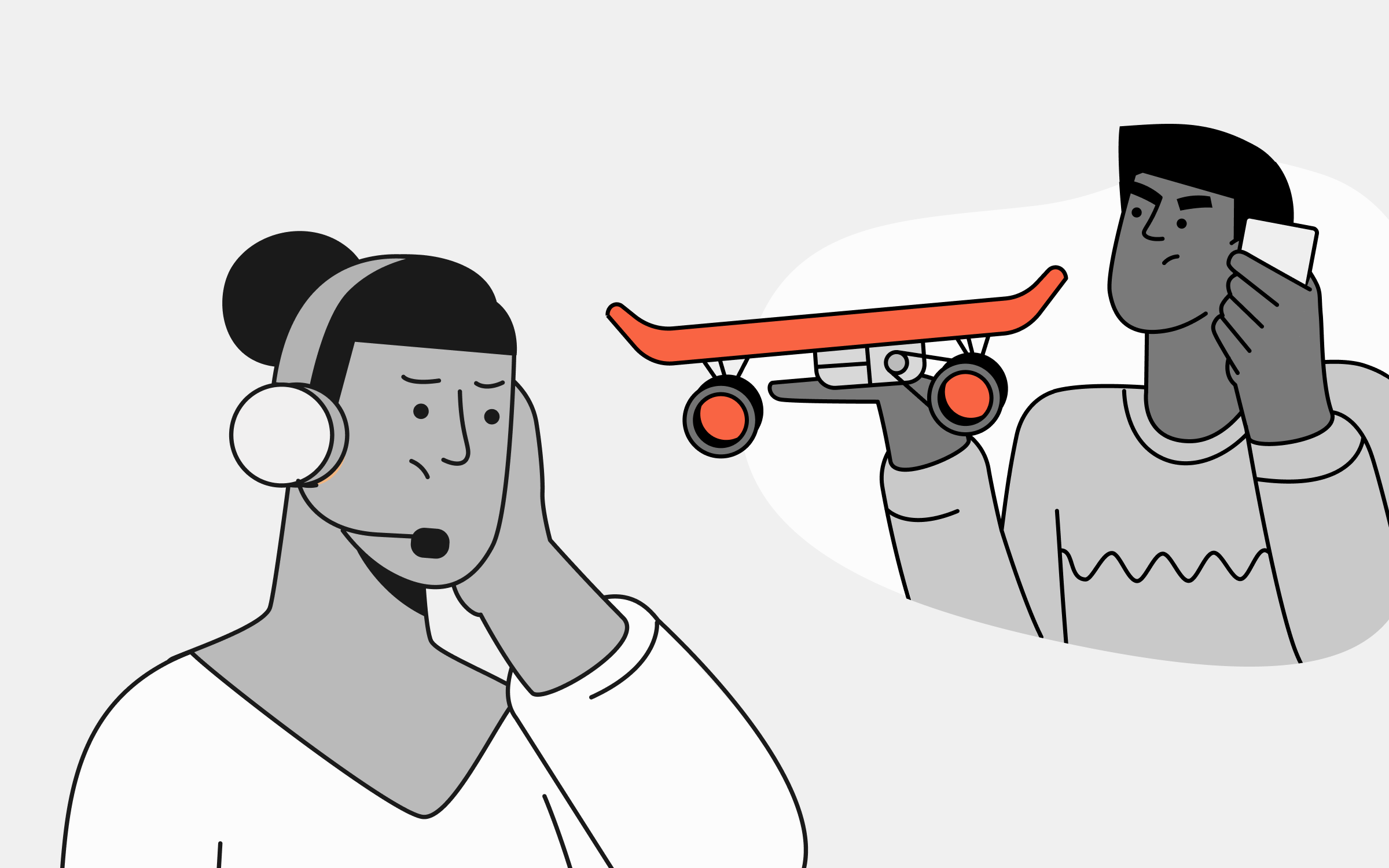
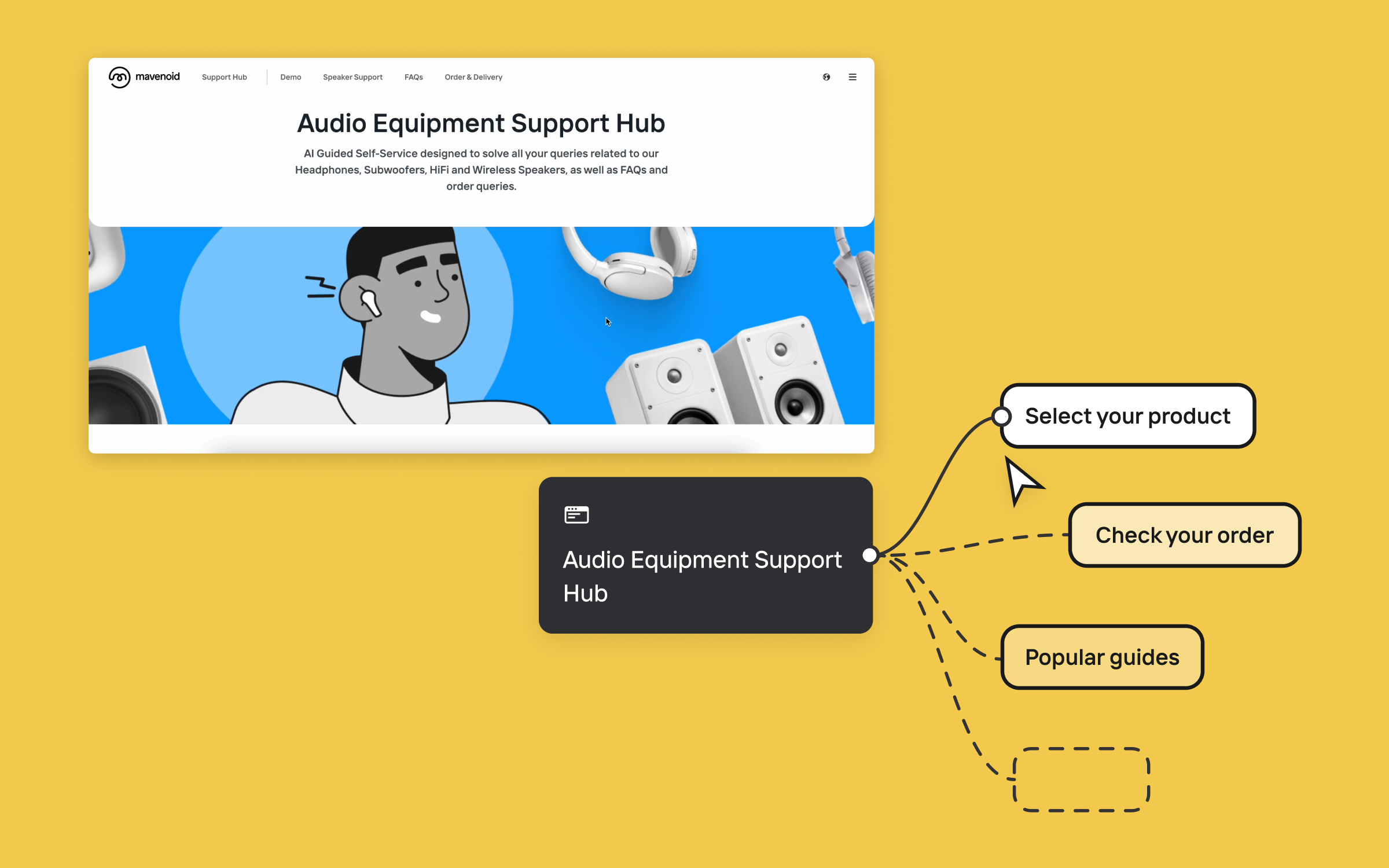
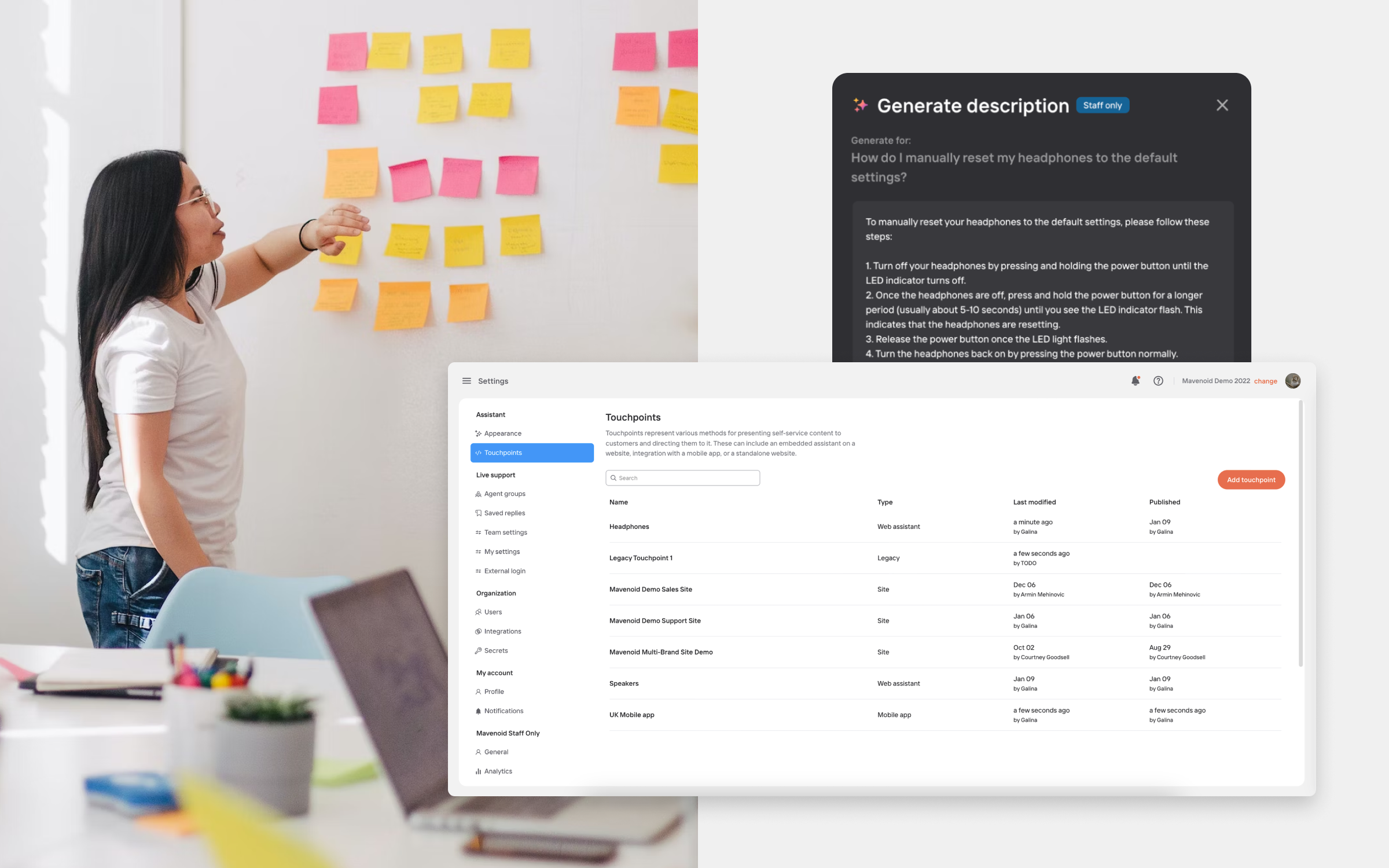
.png)
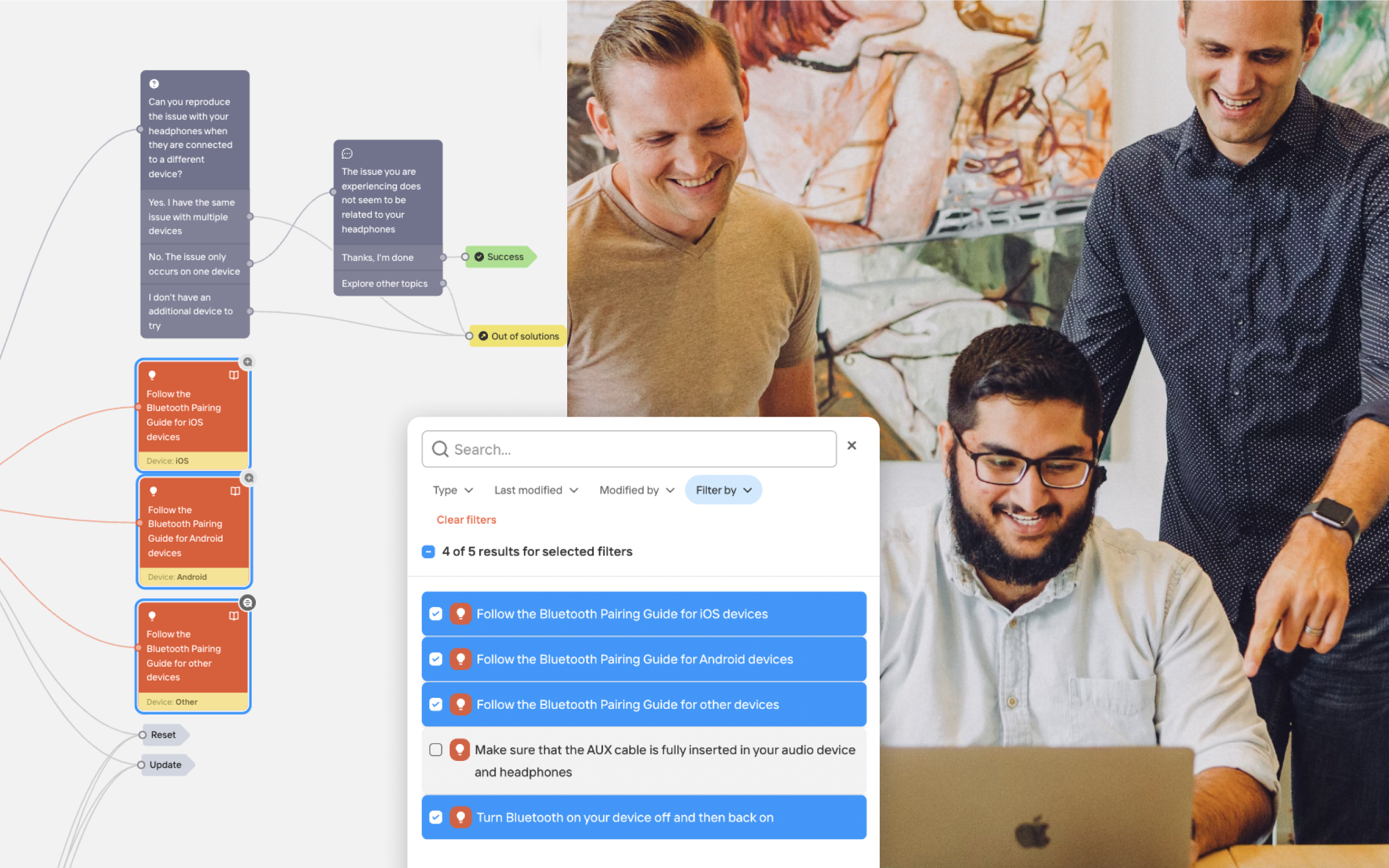
.png)

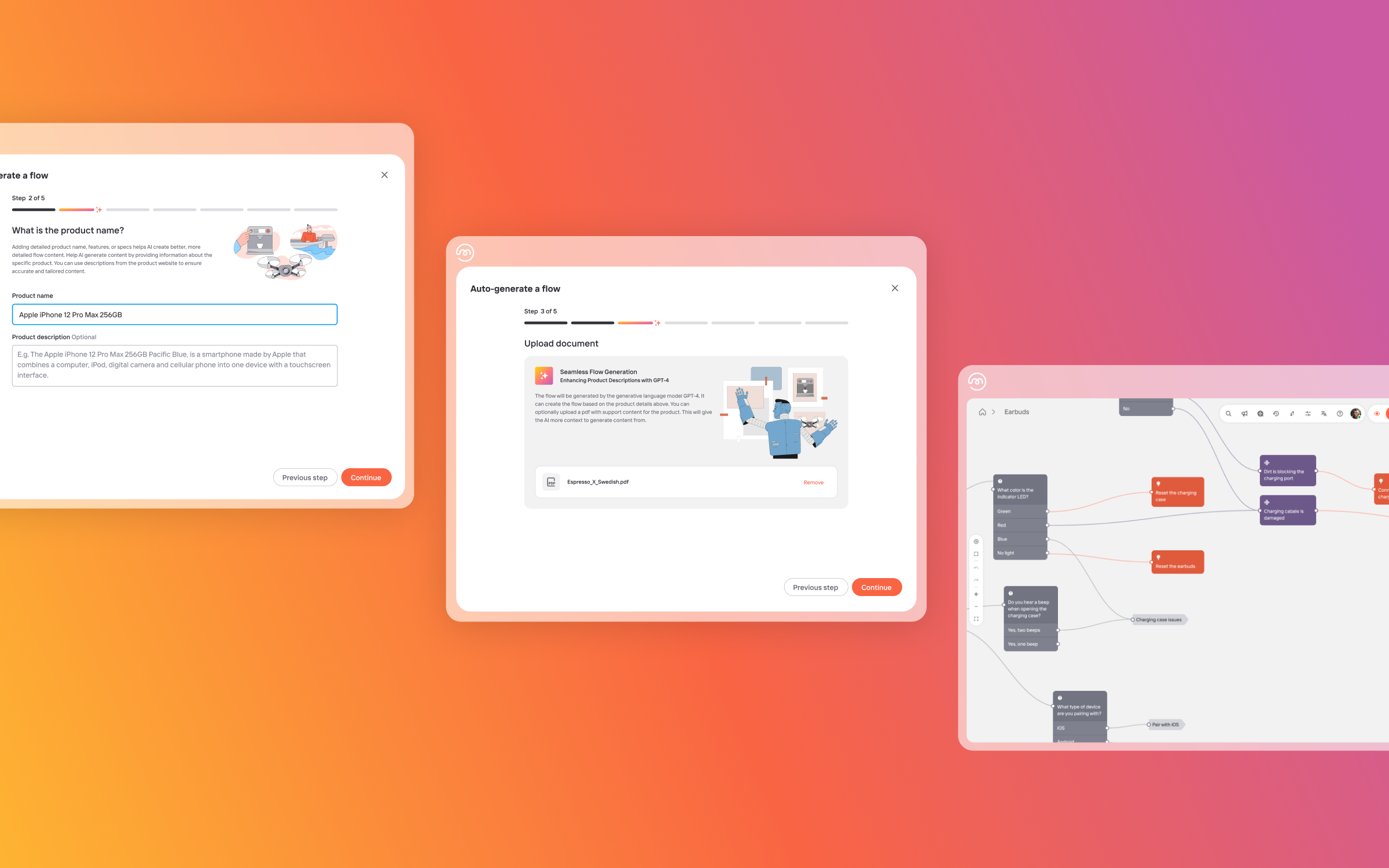
.png)
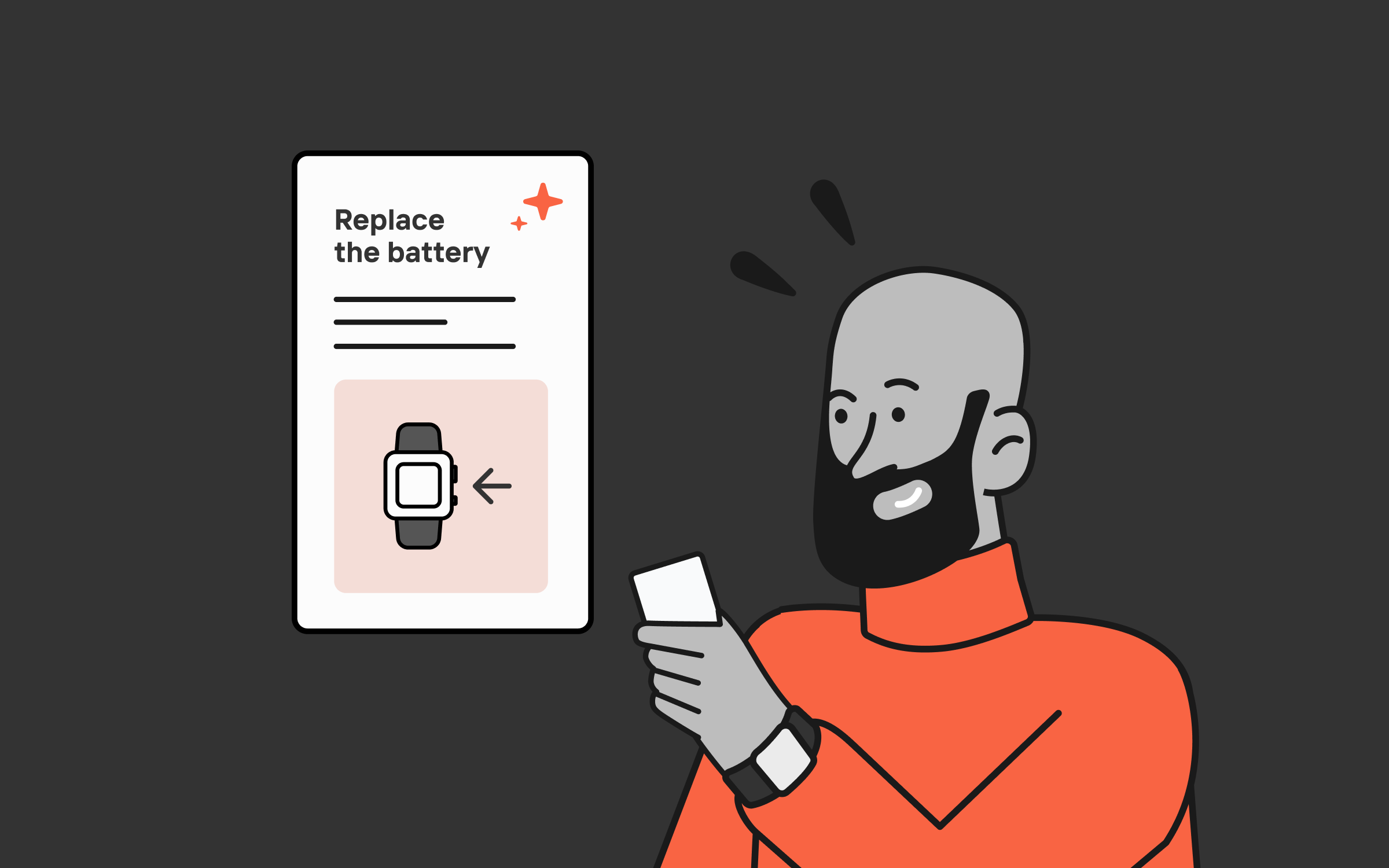
.png)
